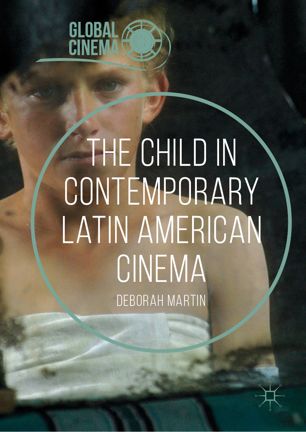

Most ebook files are in PDF format, so you can easily read them using various software such as Foxit Reader or directly on the Google Chrome browser.
Some ebook files are released by publishers in other formats such as .awz, .mobi, .epub, .fb2, etc. You may need to install specific software to read these formats on mobile/PC, such as Calibre.
Please read the tutorial at this link: https://ebookbell.com/faq
We offer FREE conversion to the popular formats you request; however, this may take some time. Therefore, right after payment, please email us, and we will try to provide the service as quickly as possible.
For some exceptional file formats or broken links (if any), please refrain from opening any disputes. Instead, email us first, and we will try to assist within a maximum of 6 hours.
EbookBell Team

5.0
108 reviewsWhat is the child for Latin American cinema? This book aims to answer that question, tracing the common tendencies of the representation of the child in the cinema of Latin American countries, and demonstrating the place of the child in the movements, genres and styles that have defined that cinema. Deborah Martin combines theoretical readings of the child in cinema and culture, with discussions of the place of the child in specific national, regional and political contexts, to develop in-depth analyses and establish regional comparisons and trends. She pays particular attention to the narrative and stylistic techniques at play in the creation of the child's perspective, and to ways in which the presence of the child precipitates experiments with film aesthetics.
Bringing together fresh readings of well-known films with attention to a range of little-studied works, The Child in Contemporary Latin American Cinema examines films from the recent and contemporary period, focussing on topics such as the death of the child in ‘street child’ films, the role of the child in post-dictatorship filmmaking and the use of child characters to challenge gender and sexual ideologies. The book also aims to place those analyses in a historical context, tracing links with important precursors, and paying attention to the legacy of the child’s figuring in the mid-century movements of melodrama and the New Latin American Cinema.